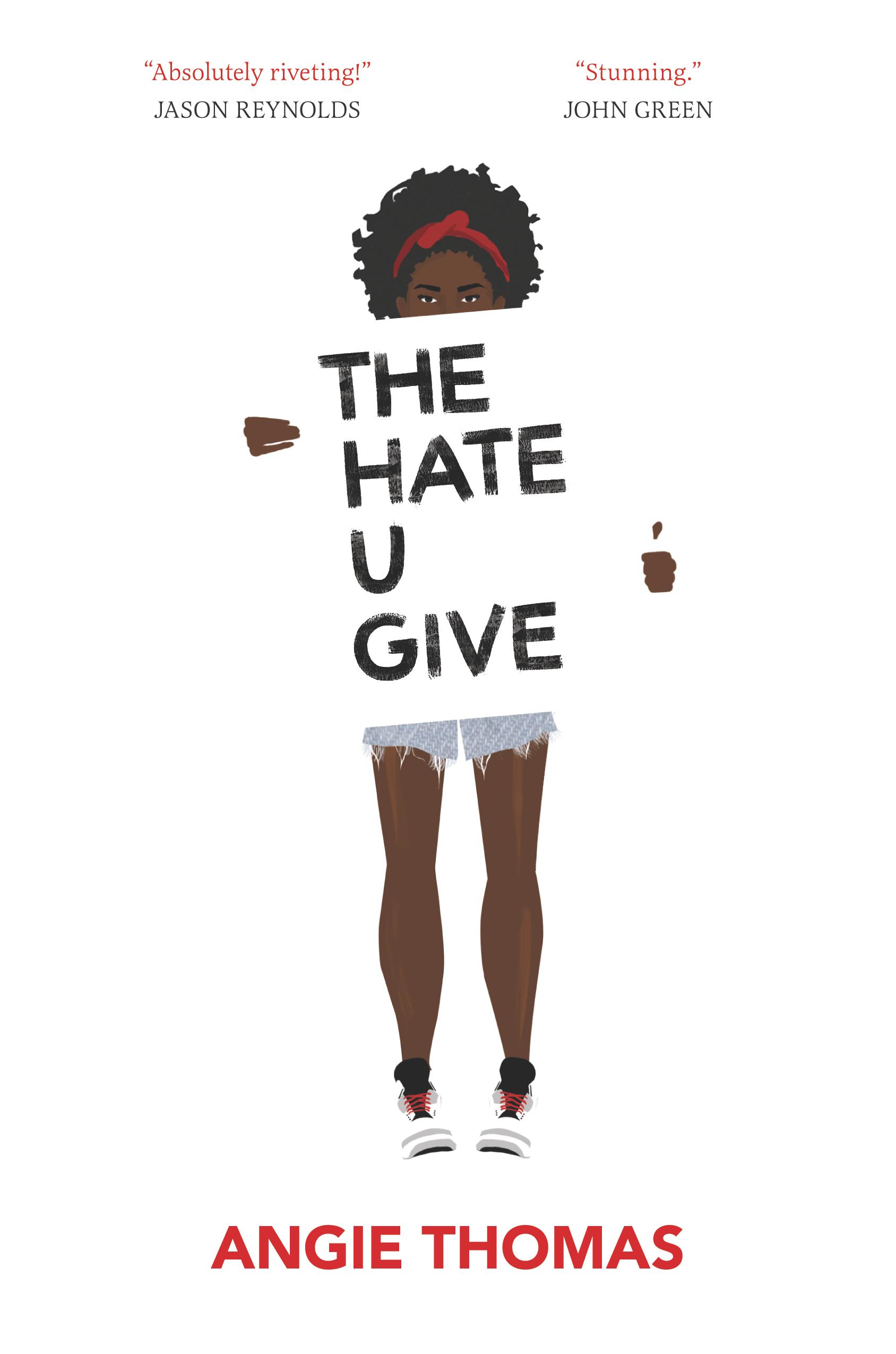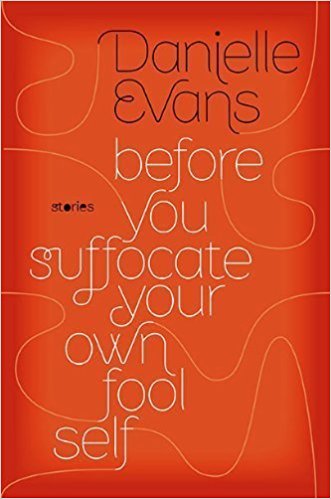Student Picks: Ware and Sheffield
Shawna-Lee Perrin-- I heard about this book nearly two years ago on NPR, and immediately wanted to read it. But two years fly by when one’s having fun in one’s MFA program, and I couldn’t fit it in amongst each semester’s reading lists and essays, let alone during the frenzy of my final semester. Finally, with my full thesis completed and mailed, it was time to wait. I got this book on a Wednesday evening and finished it less than 48 hours later.
In a Dark, Dark Wood by Ruth Ware begins with Nora, an introverted, reclusive writer living in a small flat in London, getting invited to a bachelorette/hen party weekend for her best friend from primary and secondary school. But she hasn’t seen the friend in about ten years and doesn’t understand why she’s been invited. She’s persuaded to go, and ends up in the middle of a mystery – a mystery she can’t remember as she recovers from a head wound in the hospital.
Ware weaves the tale in first person, alternating between Nora in the hospital and (via memory flashes as she pieces things together) an ominous glass house in the middle of a forest. I was hoping this book would last a little longer, but the characters and suspense propelled me through the 308 pages faster than I anticipated. It’s a thoughtful, brutal study in how to write a smart, well-crafted story with mystery and intrigue that keeps those pages turning.
Dominique Heuermann-- “Tonight, I feel like my whole body is made out of memories. I’m a mix tape, a cassette that’s been rewound so many times you can hear the fingerprints smudged on the tape.”
Music is an essential part of the human experience. In my lifetime I have made countless mixed tapes and CDs, all labeled for specific moods and events, boyfriends, and road trips. Reading Sheffield’s ode to his wife through music, Love is a Mixed Tape, is a heartbreaking trip, but one you will thoroughly enjoy.
Sheffield’s take on music memory and the way in which we all reach back in one way or another when confronted with a song from our past is masterfully done. By running through the playlists of the mixed tapes left behind by his late wife, we get glimpses of quiet moments, explosive memories, and the painful parts of letting go and moving on.
Sheffield’s profound musical wisdom and lyric application to life’s dilemmas and routine problems, such as his wondering why no one writes about the men that turn into husbands except for Carly Simon, or how Nirvana’s “Heart Shaped Box” defined for him what it meant to have the responsibility of “the kind of love you can’t leave until you die.” I have always connected to music in this way, where the message outweighs the melodies. What instantly pulled me into Sheffield’s storyline was the fact that each chapter is a mixed tape. A time capsule of events centered around music and the choice to feel. Perhaps in my own memoirs I’ll discuss why I can’t stand listening to Alice in Chains, the reason ‘80s love song radio shows make me break out in a sweat, or why hearing Andrea Bocelli and Sarah Brightman’s version of “Time to Say Goodbye” will always make me weep. Musical muscle memory, what a bitch.





















